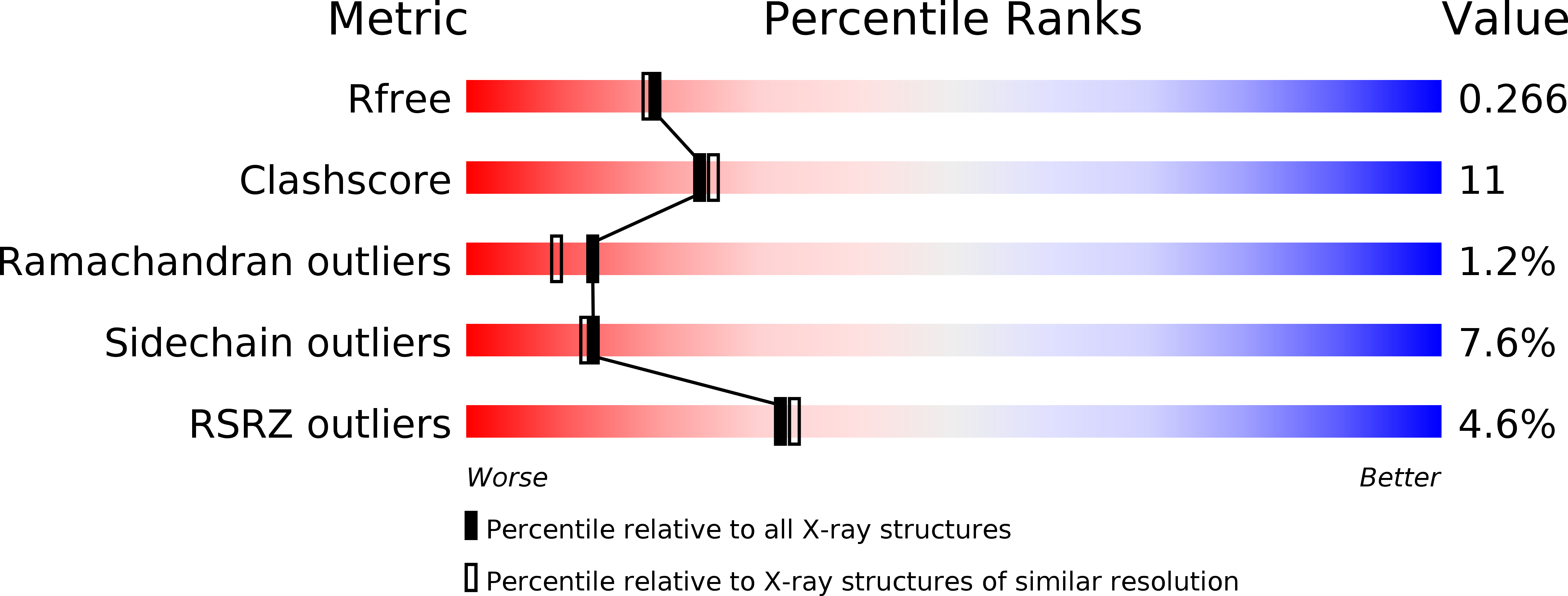
Deposition Date
2014-02-19
Release Date
2015-04-22
Last Version Date
2024-10-30
Method Details:
Experimental Method:
Resolution:
2.17 Å
R-Value Free:
0.26
R-Value Work:
0.21
R-Value Observed:
0.21
Space Group:
P 21 21 21


